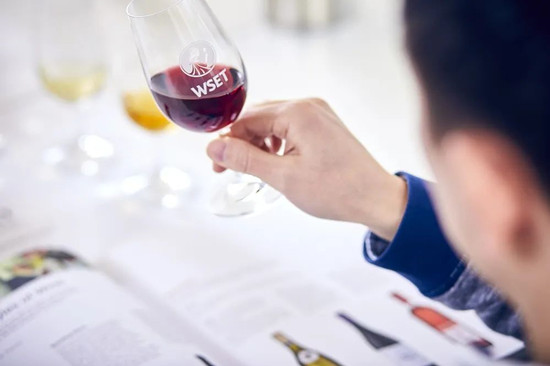2020 官网升级中!现在您访问官网的浏览器设备分辨率宽度低于1280px请使用高分辨率宽度访问。
Wine training was founded initially to serve the growing educational needs of wine and spirits industry. With the market shifts and increasing consumption worldwide, more and more wine enthusiasts have taken the courses, sometimes those accredited professional programs out of personal interest.
The success of WSET (WINE & SPIRITS EDUCATION TRUST) in Greater China inspired other liquor sectors. Japanese sake and Chinese traditional baijiu pushed for their own educational program, with intention to engage young consumers and drive conversion.
WINWSA conducted an extensive interview with key players in wine and liquor education sector.

Wine Education
“Our survey between 2018-2019 indicates that 47% of the subscribed students were not industry-related, while in other countries the non-professionals represented only 38%. Those consumers or wine lovers joined the class mainly out of personal interest.”

Willa Yang, Chief Representative of WSET CHINA
The Wine & Spirit Education Trust (WSET), the leading wine, spirits and sake educational program provider, resumed its operation in July in China’s Mainland following a year of suspended business activities. “China’s wine and spirit category has been in continual growth and the demand for our qualifications has never been greater.” says Willa Yang, Chief Representative of WSET China.
The wine education was relatively new 10 years ago in China, but the surge of the subscription in 2012-2013 soon made the country the biggest market of WSET. The popularity of wine training has fueled the development of the sector, from internationally accredited courses to digitized tasting platforms.

Baijiu Education
“The top players consider the consumer education as part of the marketing programs. The contents are from brands’ know-how and there has none of existing neutral methods. Our biggest challenge is the lack of accredited course, widely recognized by industry and public, like WSET.”

Zhao Shanshan, Judge of CISC Int’l Liquor Competition
Baijiu’s popularity is spread across China. It can be found at every banquet and celebration, from wedding receptions to social gatherings. (from: Lorenzo Riccardi)
For connoisseurs, there are many types and varieties classified by their different “fragrances,” or aromas/flavor profiles. These include strong fragrance, light fragrance, sauce fragrance, and rice fragrance. There are a bunch of other classes of fragrance, but those four are the major ones. Some, such as those of the “sauce fragrance” type, are savory in character, with flavors reminiscent of fermented soybean paste or soy sauce.
Despite of the rapid growth in recent years, the leading players such as Kuichew Maotai and Wuliangye didn’t cease the efforts with innovation programs, to connect to younger generation of Chinese drinkers. Part of the initiatives is to borrow the notion of sommeliers and food pairing from wine world.
Sake Education
“Chinese new consumers are after the craftsmanship and culture behind the bottles. Courses are part of the discovery journey, and we rely much on constant tastings or mini fairs to deepen the awareness.”

Zhou Hui, Instructor of SSI (The Sake Service Institute)
Sake is to Japan as wine is to France, and sake has nearly an equally long history. Since 2010, Sake has become increasingly prevalent in China, among young consumers.The sake sommelier courses were primarily developed for overseas market. Often they are English language-based organization created to promote sake education outside of Japan, providing accredited courses and seminars. In China, the leading courses are in partnership with SSI(The Sake Service Institute)or SSA (The Sake Sommelier Association) and WSET.China’s consumers went through a journey from most established big brands to boutique, or family-owned sake breweries. The ever-evolving sake brewing methods, associated with niche craftsmanship, often made the products diversified. Inspired by Champagne or still wines, sake has gone through a new era of innovation, and the market sees new product concepts such as sparkling sake, barrel-aged sake etc.
· E N D ·
Images courtesy: Interviewees and web